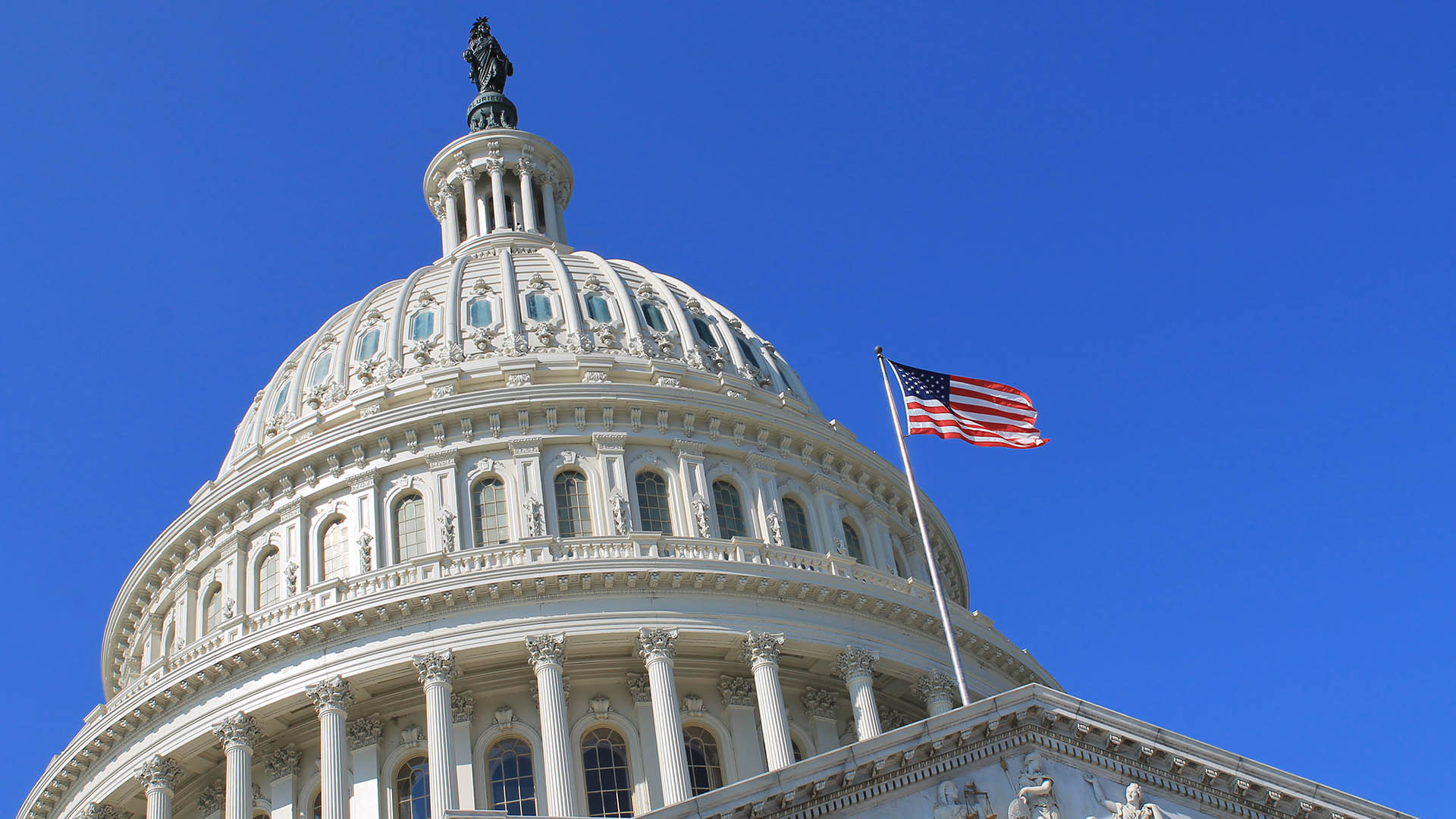Co-CEO of The Permanente Federation recognized for prioritizing physician wellness, improving care quality, and driving advancements in AI.

Dr. Ansari on health care’s future amid demographic shifts
Navigating the challenges posed by America’s aging population, workforce demands, and technological and consumer shifts is putting pressure on health care leaders to guide their organizations to operate differently.
During a recent CEO workgroup panel, “Advancing Your Culture During Challenging Times,” Maria Ansari, MD, FACC, co-CEO of The Permanente Federation, shared how Kaiser Permanente’s value-based care model is well-positioned to turn these challenges into opportunities. She emphasized that demographic shifts will require physician leadership that embraces innovation, improves access, invests in workforce development, and keeps the patient at the center of care.
The CEO workgroup panel was part of the recent 4th Annual Transformative CEO Virtual Healthcare Summit.
Keeping the focus on patients as demographics change
By 2060, the number of Americans 65 and older is expected to double to more than 98 million. This will present challenges related to their care needs but also offers opportunities for innovation in creating a more person-centered health care delivery system. Dr. Ansari also highlighted the importance of addressing their social needs such as housing and food insecurity, isolation, and more.
Related health care for older adults story: Value-based care: A win-win for older adults, care systems
Millennials, the largest living generation, present their own unique health care challenges, such as seeking medical information on social media and facing increasing rates of diabetes, obesity, addiction, and mental health issues. “We used to call them the young and healthy, but they’re not so healthy,” said Dr. Ansari.
Both millennials and older adults are seeking more control and access in their health care, requiring a focus on innovative digital tools that improve telehealth, remote monitoring, mental health care, and more — a key priority of the Kaiser Permanente model of health care innovation.
Investing in the next generation of physicians
Shifts in physician workforce demographics will require innovation to provide high quality health care. The U.S. could see a shortage of up to 124,000 physicians across all specialties by 2034, according to the Association of American Medical Colleges.
Dr. Ansari noted that workforce gaps can also create health care equity gaps in underserved communities if medical school graduates are less diverse. She added that it will be imperative to be “really investing … in the communities where people live that reflect the population.”
Related physician workforce story: Maria Ansari, MD, shares health care innovations to address the physician shortage
The rapidly changing technology landscape is presenting more challenges that can be potentially turned into opportunities to support physicians and their wellness.
Dr. Ansari cited Kaiser Permanente’s recent rollout of ambient AI scribes to more than 25,000 physicians. This was an example of a strategy aimed at increasing patient face time and improving long-term physician well-being. “One of the things that we’re trying to do is really getting rid of all the kinds of things that create either moral injury or burnout,” said Dr. Ansari.
Related health care innovation story: Navigating AI’s impact on health care
Giving physicians more runway to innovate and make use of cutting-edge tools is all part of allowing physicians to transform care to respond to shifts, Dr. Ansari added. Given Kaiser Permanente’s focus on building physician leadership at different decision-making levels, the organization has a special opportunity to shape the culture, technology, and strategies of their care systems.
To watch the full discussion, click here.


